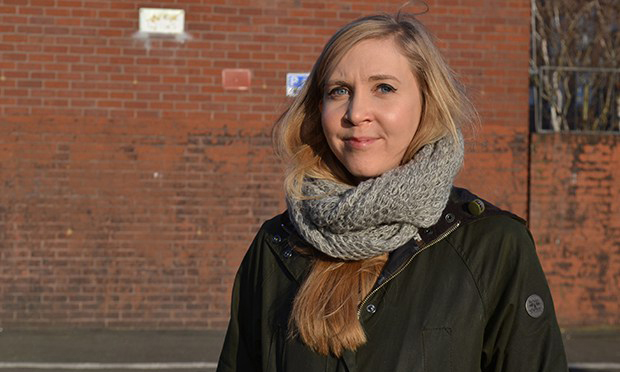Council working to track Covid’s effect on vulnerable residents

Photograph: Hackney Council.
Hackney Council is pulling together data and insights from frontline workers and community members in order to better understand the impact of Covid-19 on the borough’s most vulnerable.
Community safety chief Cllr Caroline Selman revealed the council project the day before it was reported that Hackney had the third highest mortality rate from the disease in England and Wales.
The borough is behind only Newham and Brent with 127.4 deaths per 100,000 population, according to the Office for National Statistics.
The Town Hall project will attempt to track the impact of coronavirus and lockdown measures on vulnerable residents, including the economic impact on households and the anxieties experienced by people stuck at home.
Cllr Selman said: “Something we’ve been quite conscious of since the beginning of coronavirus, is not to just be focused on the immediate crisis response, but also taking a broader view about the direct and indirect stresses and strains that Covid-19 and the responses to it are putting on society, families, and individuals.
“Crime statistics are down in terms of crime figures, but behind that we need to understand the impacts that’s having in terms of vulnerability. There’s two aspects of that – how that informs what we’re doing now during coronavirus in terms of adapting how we approach service delivery, keeping people safe and preventing things from happening; and the looking ahead.
“There are challenges in looking ahead, because we don’t know how lockdown will be – it’s likely it will be phased in different stages, but as that changes at different points, it will change how we will have to respond.
“There are quite pragmatic considerations about that as well, in terms of how different things are deployed and where, and will we see increases in different things and how do we make sure we’re ready for that.”
The community safety boss went on to characterise the lockdown as “ever-varying”, painting a picture of the local authority working with police and schools to plan for “multiple different potential outcomes” while lobbying government to offer sufficient notice ahead of easing measures such as opening schools.
The council is also looking ahead to what lifting lockdown measures would mean for the hospitality industry, which Cllr Selman predicted would come later in any phased return to normality, and for policing patterns, in anticipation of the dormant night-time economy returning to life.
Cllr Selman added: “Protective factors that reduce risks are now in changed circumstances. Young people being in school is a very important and useful thing for helping to keep young people safe, and likewise with youth work, and that’s all having to adapt and change in different circumstances.”
According to the National Police Chiefs Council (NPCC), the UK crime rate has fallen sharply during lockdown by 28 per cent, though Cllr Selman sounded a note of caution on celebrating the drop, adding: “It is a good thing that stats are down, but there are also reasons for why they’re down, so what you wouldn’t want to do is to go, ‘Therefore, job done’. It’s very much a focus on how to plan for the future.”
Domestic violence during lockdown is a major concern for the Town Hall, which according to the NPCC figures rose by three per cent in the four weeks leading up to 12 April.
According to the community safety chief, Hackney is no exception to that trend with referrals on the rise, and current circumstances adding a barrier to people being able to report such incidents through common routes, such as a visit to the GP or at school.
Selman said: “We’re trying to counter that by publicising as much as possible routes and ways that people can contact us through lots of different networks to make sure people know support is there and how they can access it.
“This is mirrored across the board and across the country, but as lockdown eases, we may then be seeing a second spike in terms of domestic abuse, as people feel able to leave the home and who are able to access safe spaces.”
